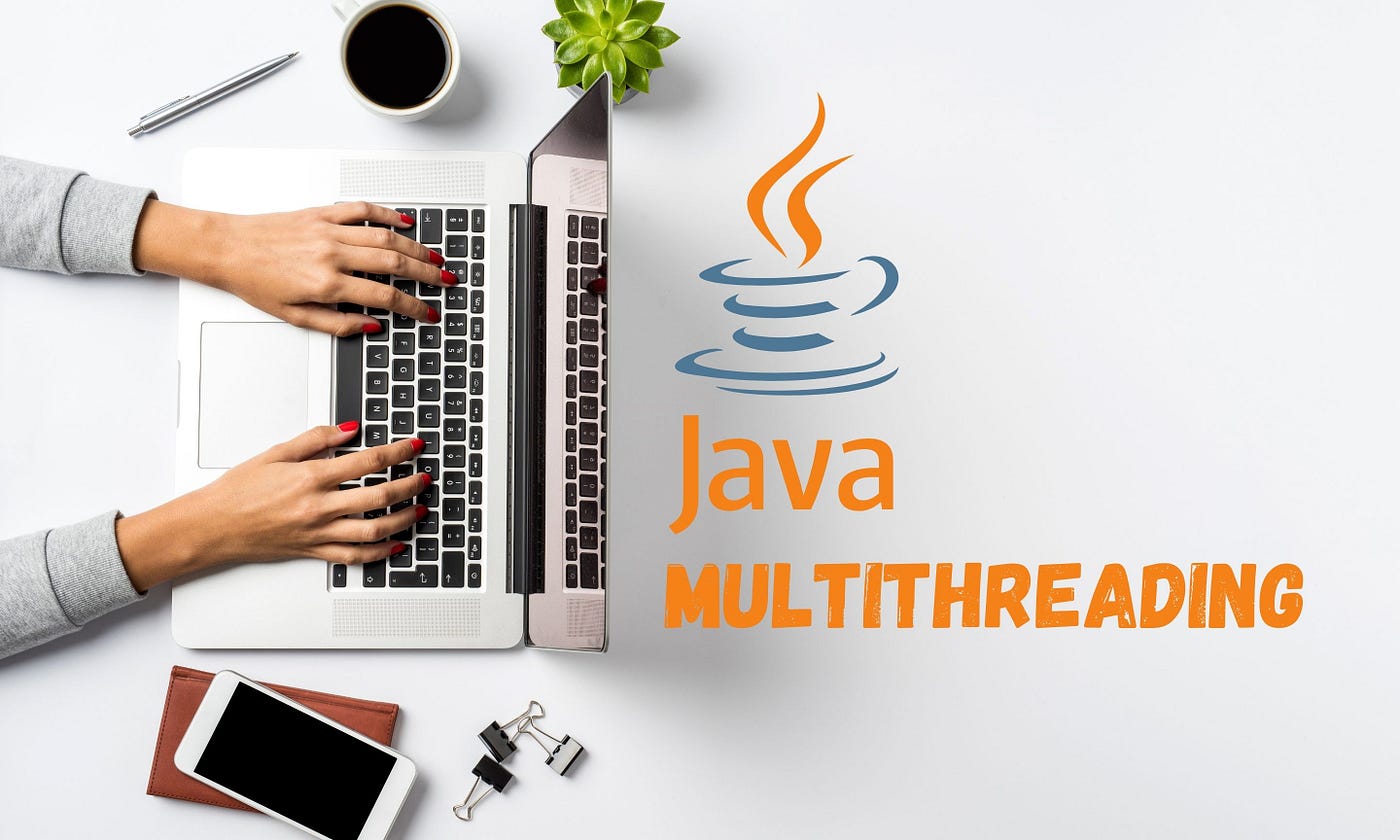Making Tax Digital (MTD) is a UK government initiative designed to transform the tax system and make it more efficient and easier for businesses and individuals to manage their taxes. Launched by HMRC, MTD aims to modernize the way taxes are collected, reducing errors and ensuring greater transparency. Whether you’re a business owner, accountant, or individual taxpayer, understanding the ins and outs of MTD is essential for staying compliant with UK tax laws.
In this blog, we’ll cover everything you need to know about Making Tax Digital, including how it works, who it applies to, and the benefits it brings.
What is Making Tax Digital?
Making Tax Digital is a government initiative that mandates the use of digital record-keeping and tax submission software to manage and report tax information. The main objective is to make the tax system more efficient by reducing errors associated with manual record-keeping and tax filing.
At its core, MTD requires businesses and individuals to keep digital records of their financial transactions and submit VAT returns directly to HMRC via compatible software.
How Does MTD Work?
MTD works by streamlining tax filing through digital tools. Instead of manually submitting tax returns, taxpayers must now use MTD-compatible software to store and submit financial information to HMRC. Here’s how it typically works:
-
Record Keeping: Businesses must keep digital records of income and expenditure in software that complies with MTD standards.
-
Quarterly Updates: MTD requires businesses to submit quarterly tax reports, providing HMRC with real-time information on income, expenditure, and VAT obligations.
-
Filing VAT Returns: VAT-registered businesses must file their VAT returns digitally using MTD-approved software.
-
Final Year-End Tax Submission: At the end of the tax year, businesses submit a final year-end declaration confirming the accuracy of the digital records and calculations.
Who Does Making Tax Digital Apply To?
Currently, Making Tax Digital applies primarily to VAT-registered businesses with a taxable turnover above the VAT threshold, which is £85,000. However, the government plans to expand MTD to cover other taxes, such as income tax and corporation tax, in the future.
Key Groups MTD Applies To:
-
VAT-Registered Businesses: Businesses with a taxable turnover above £85,000 must comply with MTD for VAT.
-
Self-Employed Individuals: In the future, MTD will extend to self-employed individuals and landlords with annual business income above £10,000 for income tax.
-
Corporation Tax: Though not yet mandatory, MTD for corporation tax is expected to roll out in the coming years.
Benefits of Making Tax Digital
There are several advantages to using MTD for managing your taxes:
1. Increased Accuracy
By switching to digital record-keeping, businesses reduce the risk of errors that commonly occur with manual data entry. MTD-approved software can automate many tasks, helping businesses avoid common mistakes.
2. Real-Time Tax Data
MTD enables businesses to submit tax data more frequently and accurately through quarterly updates, providing better visibility over their financial situation throughout the year.
3. Efficiency
Digital tools help businesses streamline the entire tax process. By automating data collection and submission, MTD reduces the administrative burden on business owners and accounting teams.
4. Compliance
Businesses that use MTD-compatible software ensure they meet HMRC’s regulatory requirements. This reduces the risk of fines or penalties for late or incorrect filings.
5. Better Record Keeping
Keeping digital records is easier to manage and less prone to loss or damage compared to paper records. MTD helps businesses maintain organized and accurate financial data.
Challenges of Making Tax Digital
While MTD offers several benefits, it also presents some challenges for businesses, especially those not used to digital processes.
1. Initial Setup Costs
Switching to MTD-compatible software requires an initial investment in technology and training. Small businesses may find the setup costs and time commitment challenging.
2. Learning Curve
For businesses that rely on traditional record-keeping, there’s a learning curve associated with adopting new software and understanding the requirements of MTD.
3. Software Compatibility
Businesses must ensure they are using MTD-approved software to comply with the requirements. Not all accounting software is compatible, which may necessitate switching platforms.
How to Get Ready for Making Tax Digital
If MTD applies to your business, here’s how you can prepare:
-
Choose MTD-Approved Software: Ensure your accounting software is MTD-compliant. Popular options include QuickBooks, Xero, and Sage.
-
Digitize Your Records: Start keeping digital records of your income, expenses, and VAT to comply with MTD guidelines.
-
Familiarize Yourself with MTD: Take time to understand how MTD works and the deadlines for submitting quarterly updates and final returns.
-
Consult an Accountant: If you’re unsure about MTD, consider consulting a professional accountant to guide you through the process and ensure compliance.
The Future of Making Tax Digital
HMRC plans to expand MTD beyond VAT to cover other taxes in the near future. By 2026, MTD is expected to apply to income tax for self-employed individuals and landlords. Further down the line, corporation tax will also be integrated into the MTD framework.
Conclusion
Making Tax Digital is a transformative initiative that modernizes the UK tax system, providing businesses with a more efficient, accurate, and transparent way to manage their tax obligations. While it brings challenges like software adoption and digital record-keeping, the benefits far outweigh the costs, improving compliance and reducing errors. By preparing now, businesses can stay ahead of MTD’s expanding requirements and enjoy a more streamlined tax process.




